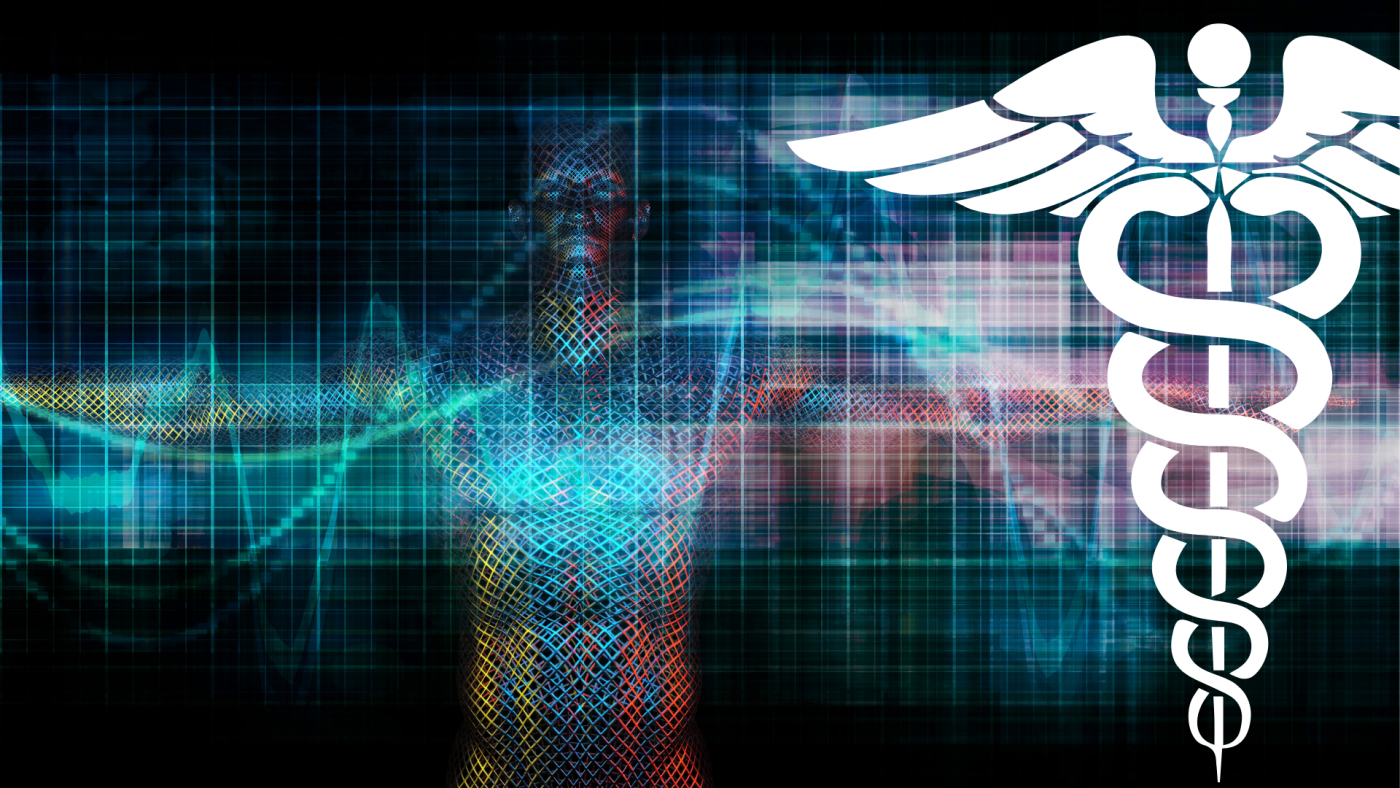The Intelligent Future of Healthcare: A Guide to Creating Bulletproof Digital Health Ecosystems

Authors: Amina Khalpey PhD, Parker Wilson BS, Brynne Rozell BS, Zain Khalpey MD, PhD, FACS
In recent years, healthcare has increasingly adopted digital health solutions that have, in general, improved efficiency and effectivity, including electronic medical records, laboratory technologies and surgical tools. However, there is a growing concern over the privacy and security of the immense amount of sensitive healthcare data, therefore it will be essential to build a bulletproof digital health ecosystem. When considering such an ecosystem, we believe that machine learning algorithms, privacy, encryption, cloud computing, and blockchain technology are key components. Detailed below, we discuss the role of these components and provide a protocol for building a bulletproof digital health ecosystem.
Machine Learning Algorithms:
Machine learning algorithms have the ability to analyze large amounts of data to identify patterns and make predictions. In healthcare, these algorithms can be used for clinical decision support, diagnosis, prognosis, and patient monitoring. However, the use of machine learning algorithms in healthcare also presents privacy concerns. To build a bulletproof digital health ecosystem, it is important to ensure that algorithms are trained to anonymize and/or de-identify data so that predictions do not compromise patient privacy.
Privacy:
Patient privacy is of utmost importance in the healthcare industry. Patients trust their healthcare providers to keep their Protected Health Information (PHI)secure. However, with the increased use of digital health solutions, there is an increased risk of data breaches, data corruption and unauthorized access. To build a bulletproof digital health ecosystem, it is important to ensure that patient data is protected with strict access controls and that data breaches are quickly identified and addressed. As addressed above, it is also important to de-identify data when possible to limit the systems using PHI.
Encryption:
Encryption is a key component in protecting patient data. By encrypting data both at rest and in transit, healthcare organizations can ensure that patient data is not accessible to unauthorized individuals. That being said, encryption and decryption should not become a burden to busy hospital staff, therefore reliable computing power is of vital importance. The massive amount of data and data processing necessary to build this ecosystem will require immense, reliable computing power and de-centralized technology to more easily link separate hospital systems.
Cloud Computing:
Cloud computing allows for the storage and processing of large amounts of healthcare data. Many healthcare systems already use cloud-adjacent technologies with local storage blocks to store, process and locally share their own data. But if we are to create a broad, useful and efficient healthcare network, it will be increasingly necessary to use cloud technology. By using the cloud, healthcare organizations can scale their infrastructure to meet the needs of their patients.
Blockchain Technology:
Blockchain technology has the ability to securely store and transfer sensitive data seamlessly between hospitals. By using blockchain technology, healthcare organizations can ensure that patient data is tamper-proof and immutable. This is particularly important when it comes to sharing patient data across multiple healthcare organizations. Permissioned and private blockchains could be utilized to ensure that the data shared was only accessible to those within a health system. It will be essential to ensure that blockchain technology is used in a secure manner and that only authorized individuals have access to the data stored on the blockchain.
Protocol for Building a Bulletproof Digital Health Ecosystem:
1. Develop a comprehensive privacy policy that outlines how patient data will be collected, used, and protected.
2. Implement strict access controls to ensure that only authorized individuals have access to patient data.
3. Use machine learning algorithms to improve clinical decision support, disease diagnosis, and patient monitoring, but ensure that the algorithms are trained to anonymize, de-identify data.
4. Use cloud computing to scale infrastructure, but ensure that the infrastructure is secure and that data is encrypted both at rest and in transit.
5. Use encryption to protect patient data both at rest and in transit. While making decryption for staff simple, effective.
6. Use blockchain technology to securely store and transfer sensitive data, but ensure that only authorized individuals have access to the data stored on the blockchain, this is possible with permissioned or private blockchains.
7. Regularly review and update security protocols to ensure that patient data is always protected. This will involve a strong IT department with multiple layers of security and alerts. 
Conclusion:
Building a safe, reliable, private digital health ecosystem is essential to the future of healthcare. Machine learning algorithms, cloud computing, privacy, encryption, and blockchain technology are key components in building such an ecosystem. If these strategies were employed in combination, the resultant healthcare system would be a safe, secure, efficient, reliable and expansile health care system in which patients and staff would be able to work more fluidly, sharing information with less obstacles that are issues with current digital health care systems.



